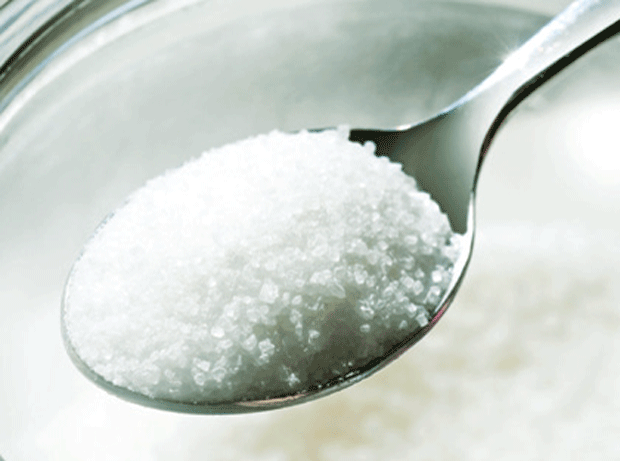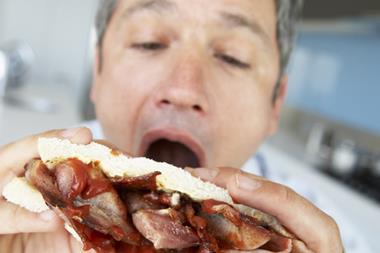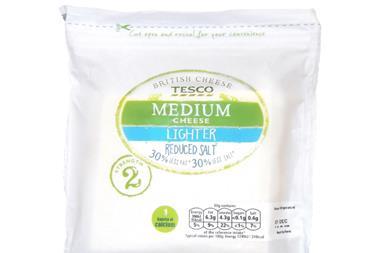
The government has dropped one of the key promises made as part of its 2013 salt reduction strategy, after admitting a plan to re-educate consumer palates by setting tough targets for all new products had been too ambitious.
Launched by former health secretary Anna Soubry in March as part of plans to cut UK consumption of salt by 25%, the DH had pledged to set “maximum salt levels for new products applicable to all sectors”, with the levels due to have been finalised in the next few weeks.
However, a report by DH officials published last week revealed the policy had been ditched amid concerns it could confuse the strategy and detract from other efforts by food companies to reduce salt levels in existing products.
DH 2013 salt pledges
- Maximum serving targets for caterers: The DH drew up a pledge in August for caterers to sign up to, requiring voluntary caps on amounts of salt in individual servings. It is currently seeking signatories amid concern retailers and suppliers have shouldered all the previous work.
- Salt reduction: New targets for a string of products, including ready meals, sandwiches and pizza are being drawn up, with the aim of bringing average consumption to below 6g per day. New targets are due to be announced in the spring of 2014.
- Maximum salt levels for new products: Had been due to apply to all new products coming on to the market, but has now been ditched.
The plans to use new products to adjust consumer tastes to lower salt levels had quickly run into trouble, according to the report by the Responsibility Deal’s high-level steering group.
“The aim was to help deliver change in the salt levels in the market in the long term and to provide an opportunity to encourage a change in consumers palates as they have different expectations about the taste profile of new products,” it said.
“It became clear early in the target review meetings that it may be difficult to set such targets for a number of reasons, particularly the challenge in identifying truly new products rather than variants on existing product lines. It was also felt that to introduce another target would confuse and dilute effort rather than drive further reduction.”
The DH is due to set new two-year targets for salt reduction across a range of high priority sectors, including meat, bread, cereals and cheese, by spring 2014.
However, the report confirmed officials would take a “lighter-touch approach” on salt across other sectors. It claimed the DH was responding to industry concerns that reductions in some areas were “reaching the limits of what is possible” as well as fears over the financial impact on companies in an “increasingly challenging economic climate”.
Health campaigners warned that the DH had passed up an opportunity to expand the reach of its salt reduction programme, aimed at slashing average consumption to no more than 6g a day.
“We very strongly put forward the case for pushing ahead with a policy of having targets for new products on top of making existing targets tougher,” said Katharine Jenner campaign director at Consensus Action on Salt and Health.
“There has clearly been some pragmatism shown by the DH but it should not be for the food industry to dictate the terms of the Responsibility Deal. The last thing the Deal needs is a lighter-touch approach.”



















No comments yet